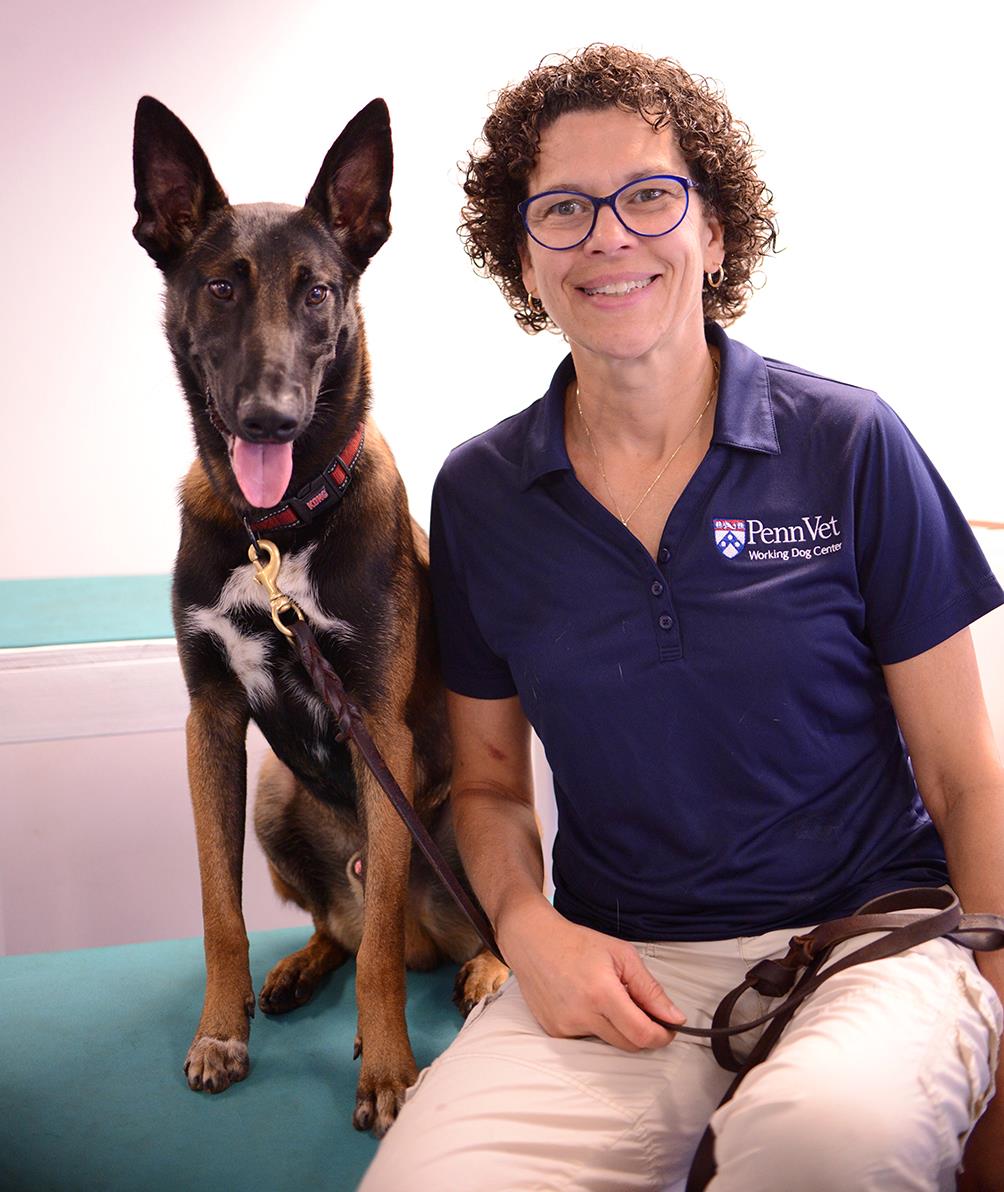A new pilot training program from the School of Veterinary Medicine points to a promising solution in Pennsylvania’s efforts to thwart the spotted lanternfly. By utilizing scent detection dogs to identify spotted lanternfly egg masses, Penn Vet researchers hope to proactively neutralize the destructive insects before they become a fully realized threat as a mature adult.
The launch of the training program comes at a critical time for spotted lanternfly management in Pennsylvania. First identified in the Commonwealth in 2014, 26 of the state’s counites have since been placed under quarantine parameters in an effort to stop the spread of the invasive species. As of August 31, 2020, there were 62,924 public reports of spotted lanternfly in Pennsylvania for the year—up nearly 72% from the same time period last year.
Beyond causing severe damage to trees and affecting quality of life for humans, the insects pose a significant threat to Pennsylvania’s agriculture industry—particularly those in the grape, apple, hops, and hardwood industries.
The pioneering study—backed by funding made available through the United States Department of Agriculture and led by Cynthia Otto, professor of working dog sciences and sports medicine and director of Penn Vet’s Working Dog Center—harnesses dogs’ powerful scent detection capabilities to seek out the masses so that can be properly destroyed.
“With up to 300 million smell receptors in their noses, properly trained dogs are uniquely positioned to provide an effective surveillance and management strategy in identifying and removing these egg masses that may otherwise go undetected,” says Otto, who is collaborating with postdoctoral researcher Jennifer Essler and others on the work.
This story is by Curt Harler and Hannah Kleckner Hall. Read more at Penn Vet News.








